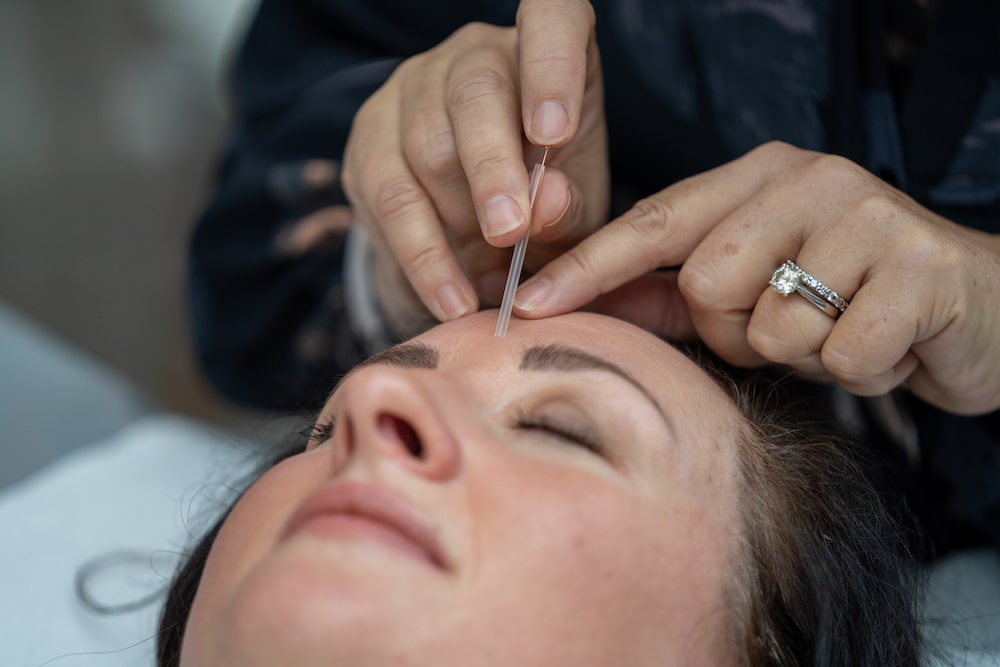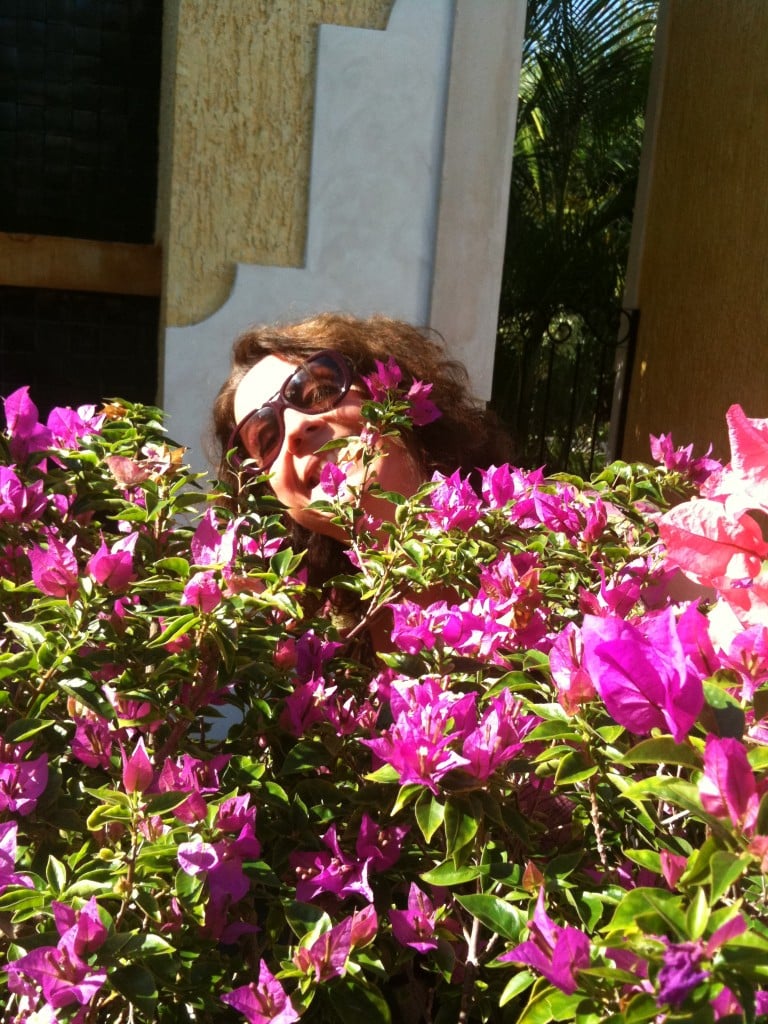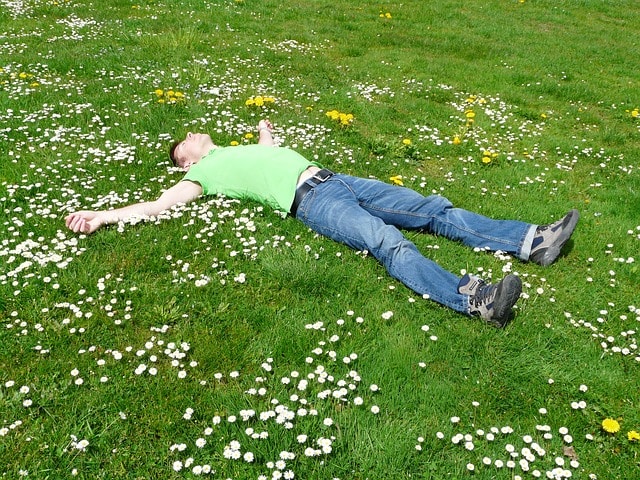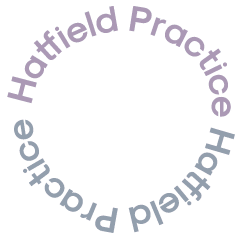Acupuncture | Hayfever
Relief without the side effects
Hayfever
Hayfever is an allergy that affects as many as 25 % per cent of the Uk population. Common hayfever symptoms may include itchy streaming eyes, blocked nose, redness and sneezing. Hayfever symptoms can worsen and may lead to coughing, asthma, wheezing and eventually stress, lack of sleep and fatigue. Hayfever is thought to be an overreaction of the bodies immune system to pollen or spores from grass, weeds or trees. The inhaled pollen aggravates the sensitive nasal linings and sets off a cascade of uncomfortable inflammatory responses. Our immune system mistakenly believes the inhaled pollen spores are viruses or bacteria attacking the body. In response, the immune system produces histamine producing mast cells and other inflammatory chemicals to fight the “invaders”. Histamine responses can be dramatic and initiate Hay fever, allergies and severe inflammation. Different histamine responses can be provoked by food and pet hair allergies, generating skin conditions like eczema. Interestingly histamine also works with our immune system protecting us against bacteria and parasites.
Typically tree pollen arrives first around March, followed by grass pollen in June. However, seasonal peaks depend on how wet, dry, warm or cold it has been. Treating Hayfever with Acupuncture brings relief from hayfever by stimulating nerves located around the face, muscles and surrounding tissues. The treatment focuses on specific Acupuncture points around the body to reduce the histamine immune response and the inflammation that often follows. As the Acupuncture points are stimulated, the body releases endorphins and other anti-inflammatory neurochemical messengers around the body. Acupuncture treatment teaches the immune system not to overreact to pollen, certain foods and pet hair. It has been found to boost the immune system if natural defence mechanisms are inefficient. Acupuncture effectively treats hayfever and allergies and without any lasting side effects. Hayfever often responds quickly and positively to Acupuncture; only one or two treatments are usually needed. Occasionally depending on age and type of sensitivity levels to pollen, you may need an occasional top-up.

The flow of Energy or Qi
Acupuncture treatment brings with it the long term benefits of hayfever relief, without the side effects or resistance to medication that occurs with long term use of substances such as corticosteroids. From a Chinese medicine perspective, Acupuncture points restore the flow of energy or Qi to the nerves and sinuses of the head and face. After the Acupuncture treatment, the part of your brain that has become hypersensitive to pollen and activates the hayfever histamine response is calmer. The immune response to pollen and allergies should become more balanced. Chinese medicine believes that health is the free flow of Qi or energy around the body. When the energy flows around you freely, you are healthy and energetic. When Qi does not flow due to congestion and inflammation, we are prone to developing ill-health, tiredness and fatigue.
Hay Fever Symptoms
- Sneezing
- Headaches
- Watering eyes
- Itchy, red eyes
- Gritty feeling in the eyes
- Blocked nose
- Loss of smell or taste
- Blocked sinuses (sinusitis)
- Runny nose
- Disturbed sleep
- Itchy ears
Pollen Timetable
Hay Fever sufferers are usually allergic only to certain types of pollen. Over-sensitivity to pollen can make life miserable. Furthermore, some people may suffer from a mood disorder and have hay fever. Research shows that people with depression or bipolar disorder who are allergic to tree or grass pollen experience periods of even worse depression when exposed to that allergen.
- February – June: Mainly tree pollen, early flowering or late-flowering trees.
- May-August: Mostly grass pollen
- August – September: nettle and weed pollen
- To find out today’s pollen count, please click here
There are many other theories as to why pollen is so high at times. Ideas include fewer grazing animals due to foot and mouth or the heavy rain in February repressing pollen release. One theory is that carbon dioxide emissions may also raise pollen counts in our cities.
Helpful Advice for Avoiding Pollen
- Check the pollen count in the morning.
- Keep doors and windows shut when the pollen count is high.
- Wear sunglasses to help keep pollen grains out of your eyes and reduce the chance of developing an eye infection (conjunctivitis). Sunglasses also help as the sunlight stimulates sneezing.
- After being outside, shower, wash your hair and change clothes as pollen is trapped in your clothes. Cats and dogs also carry a lot of pollen in their fur.
- Use an effective vacuum cleaner with a micro-filter to help remove pollen grains from carpets and soft furnishings.
- Keep away from grassy areas such as parks and gardens, significantly if the grass has recently been cut.
- Keep your grass well-trimmed or pave it over. The National Asthma Campaign produces a leaflet on a low allergen garden, recommending flowers and shrubs, which are insect, rather than wind, pollinated.
- Keep car windows shut when driving.
- When changing your car, consider buying one with a pollen filter.
- Avoid added irritants such as smoky atmospheres and paint fumes.
- If you are going abroad, find out about the local hay fever season from your travel agent or Pollen Research Unit.
Some countries have less pollen perhaps holiday by the sea or in the mountains as it may be more comfortable. - Moulds can also cause problems for hay fever suffers. So:
- Get rid of damp issues within the home. Grouting and other bathroom surfaces can harbour moulds as can house plant topsoil.
- Reduce humidity by opening vents in the kitchens and bathrooms.
- Keep doors to these rooms closed to stop damp spreading.
- Avoid walking in woodland areas where there are lots of mould spores. Avoid the use of compost heaps in gardens.

Other Ways to Help Yourself
- Avoid cutting grass, playing or walking in grassy areas, and camping during certain times.
- Have regular Acupuncture for hayfever before the pollen season or as soon as symptoms start.
- Wear wraparound sunglasses to stop pollen from getting in your eyes when you are outdoors.
- Change your clothes and take a shower after being outdoors to remove the pollen on your body.
- Try to stay indoors when the pollen count is high (over 50).
- Keep windows and doors shut in the house. If it gets too warm, draw the curtains to keep out the sun and keep the temperature down.
- Do not keep fresh flowers in the house if aggravating.
- Vacuum regularly, ideally using a machine with a HEPA (high-efficiency particulate air) filter.
- Damp dust regularly. Dusting with a wet cloth, rather than a dry one, will collect the dust and stop any pollen from being spread around.
- Keep other peoples pets out of the house during the hay fever season. If you have a pet that does live indoors, bathe it regularly to remove any pollen from its fur.
- Do not smoke or let other people smoke in your house. Smoking and breathing in other people’s smoke will irritate the lining of your nose, eyes, throat and airways, and can make your symptoms worse.
Pollen and Pollen Types
Pollen is essential for the reproduction of flowering trees and plants and especially grass. It carries the male genetic information to the female part of the flower. Many plants, especially various trees and grasses, use the wind to carry their pollen. Wind direction and speed is a significant factor in determining the amount of pollen in the air on any given day. Plants release vast quantities of pollen twice a day, early in the morning and late afternoon. Wind can mix pollen back into the air almost any time, increasing the pollen count and worsening your symptoms. The count can also depend on weather factors such as humidity and wind direction. Most of our flowering plants are insect-pollinated, which means that the pollen does not need to be dispersed by the wind for these types of plants. So they generally produce smaller quantities. In Spring, the main problem for hay fever sufferers is tree pollen. Tree pollen usually occurs in April and affects about 25 – 30% of all hay fever sufferers. Birch is followed by the Oak in late April and early May!

Grass Pollen and Hay Fever
Grass causes the highest proportion of allergic reactions. Hayfever symptoms make many people’s lives sheer misery for a large part of the year. Grass pollen starts in late May and continues throughout the summer to mid-August. Grass pollens highest peak is in June then again a smaller peak, in early July. About 95% of Hay Fever sufferers are allergic to grass pollen. The amount of grass pollen in the air can differ significantly from day to day depending on weather factors. Weed pollens and fungal spores can also be a common cause of hay fever and affect us all year round. There are pollen monitoring network sites around the UK, all on top of buildings. The reported counts are usually for birch, grass and nettles and refer to the previous 24 hours. The pollen counts show when the various seasons start and end. They also reflect the day-to-day variation in the amount of pollen in the air.

Our Hayfever Acupuncturist
What our clients say
I’ve suffered severely with hay fever since I was a young child, and I was told I would grow out of it. I didn’t, it just got worse. I had Acupuncture with Helen and the success of the treatment was incredible. After just a couple of treatments, I was hardly suffering at all and it was the first time I’d gone through an entire summer without feeling awful. Would highly recommend Acupuncture for Hayfever at the Hatfield Practice





